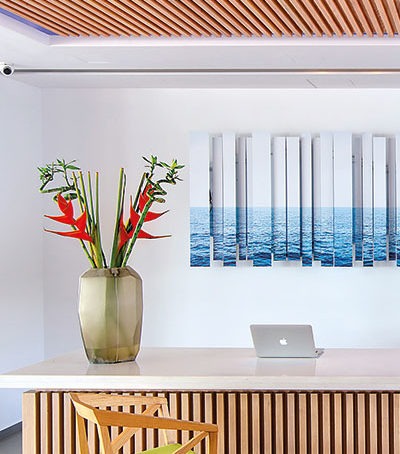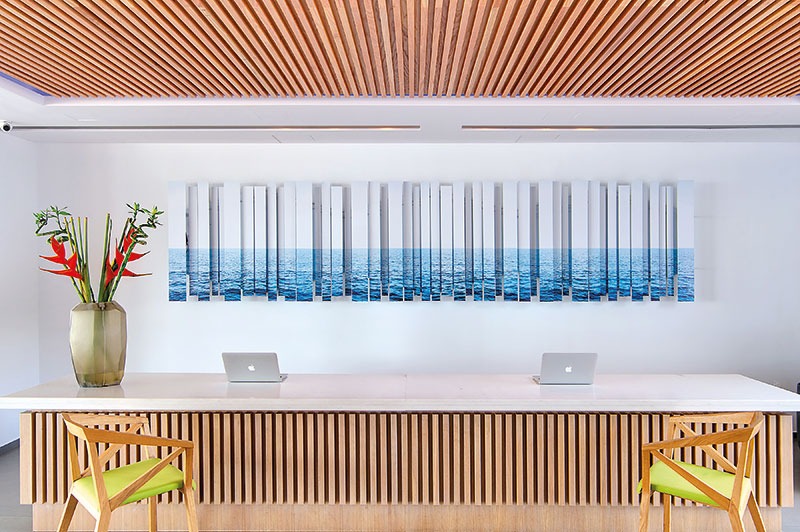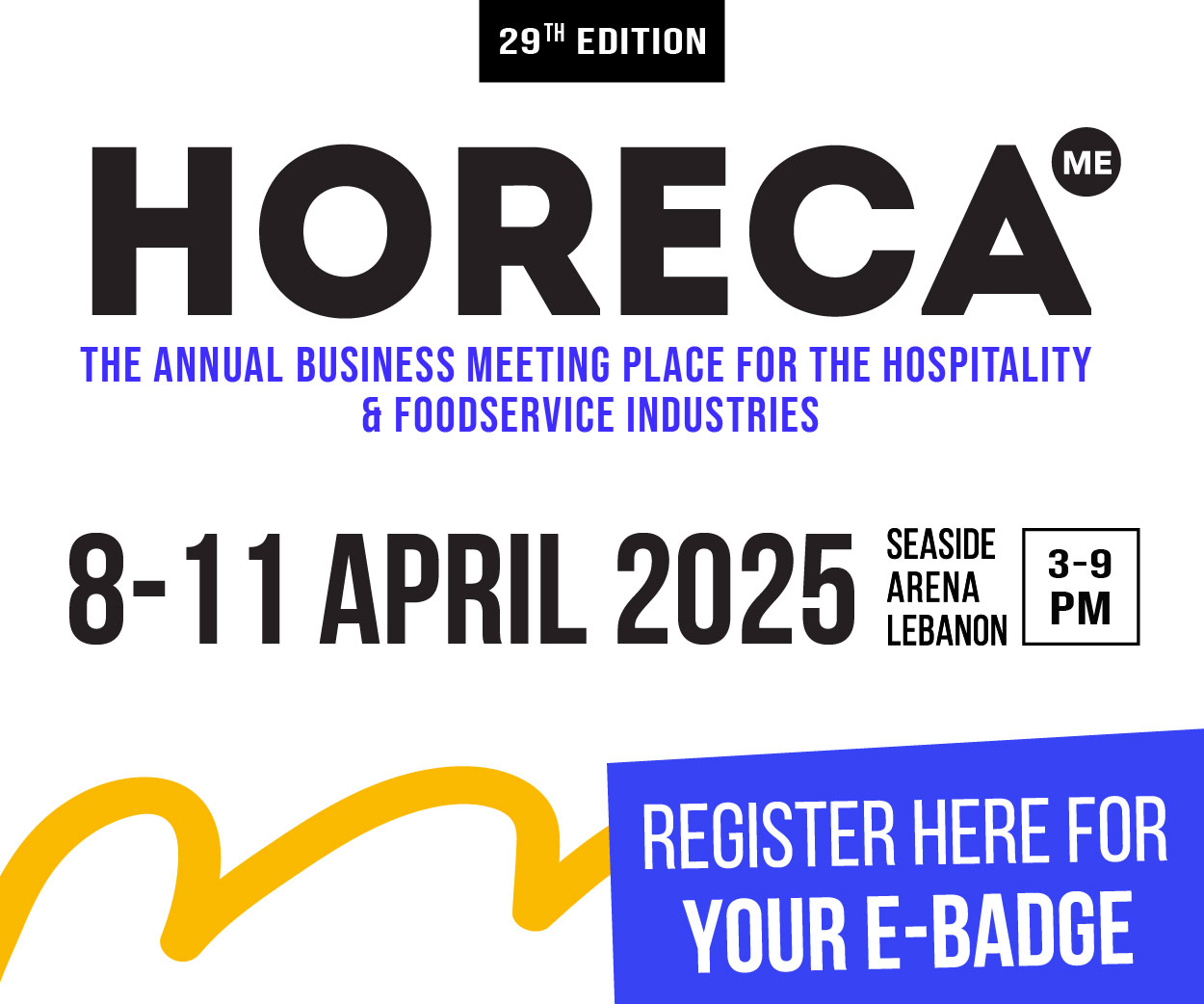Read also: Tomorrow’s world envisioned, Gensler
And: More than meets the eye, BLEU


Galal Mahmoud, president of GM Architects, reveals the firm’s newest projects to HN and discusses what makes these special, while sharing his thoughts on the future concept for architecture, as he takes us on a journey of form and function.
What are some of your latest projects executed in the region specifically for the hospitality industry?
We are currently involved in numerous, award-winning projects in the MENA region, some of which are: the renovation of the Sofitel Winter Palace, a historical landmark in Luxor; a new Rotana hotel on Sheikh Zayed Road in Dubai; a Jumeirah beach resort in Bahrain; an Accor combo, comprising a Majlis Grand Mercure, Mercure and Adagio in Dubai as well; a Sheraton Grand in Dakar, Senegal; a Mysk by Shaza Hotels in Kuwait City; and numerous boutique hotels in Greece.
What makes these special?
Each project is special as we build for each one of them a narrative inspired by the culture, the lifestyle and history of the location, hence providing guests with a true sense of place. Regardless of whether it’s a 4 or 5-star luxury destination, each of them is a challenge, in the sense that we truly believe in creating bespoke environments for each through contextual immersion and holistic designs. Story-telling has become the benchmark in designing hotels, as it allows for solid communication and is quite an effective marketing tool. After all, your best marketing is through your guests, their experience and how they convey it to others. They have to remember their hotel experience in a positive sense, of course.
What are some of the most sought-after trends and how, through design, have you been able to accommodate them?
The main trend today is to have guests experience local culture by fully immersing them in a comfortable and informal environment in such a way that every individual visiting that same space would feel at ease and well taken care of. Luxury is now in the details and the tactile, which includes beds and linen, quality and discreet service, amazing cuisine with local flavors, locally curated art and informal bedroom layouts, irrespective of size. I think there is definitively a shift and challenge in understanding as to how today’s travelers perceive comfort and luxury. As a result, a lot of destinations now have to cater for both millennials, who have their own prerequisites, and traditional travelers, especially in the region.
Where do you see the hospitality industry headed and what areas of focus are available to investors looking to break into the Middle Eastern market?
Strongly stated and witty designs that creatively translate the context in all its aspects. Design is now directly linked to eating, lounging, socializing, drinking, relaxing, exercising and curating. These have all become intermingled and therefore, none of the elements can be dissociated from one another. The issue here is how to sustain such designs long term, with such large investments, and how to convince investors with a traditional background to go that route. On the other hand, brand proliferation has become so extensive that today, each needs to work hard at differentiating itself through a strong and consistent story and brand image. The main problem is that a great number of large groups have acquired the medium-to-large sub-brands, making it more difficult for them to create clear differentiation patterns for each of the brands they now own, especially when it comes to identifying their target audience for each product.

Galal Mahmoud
















